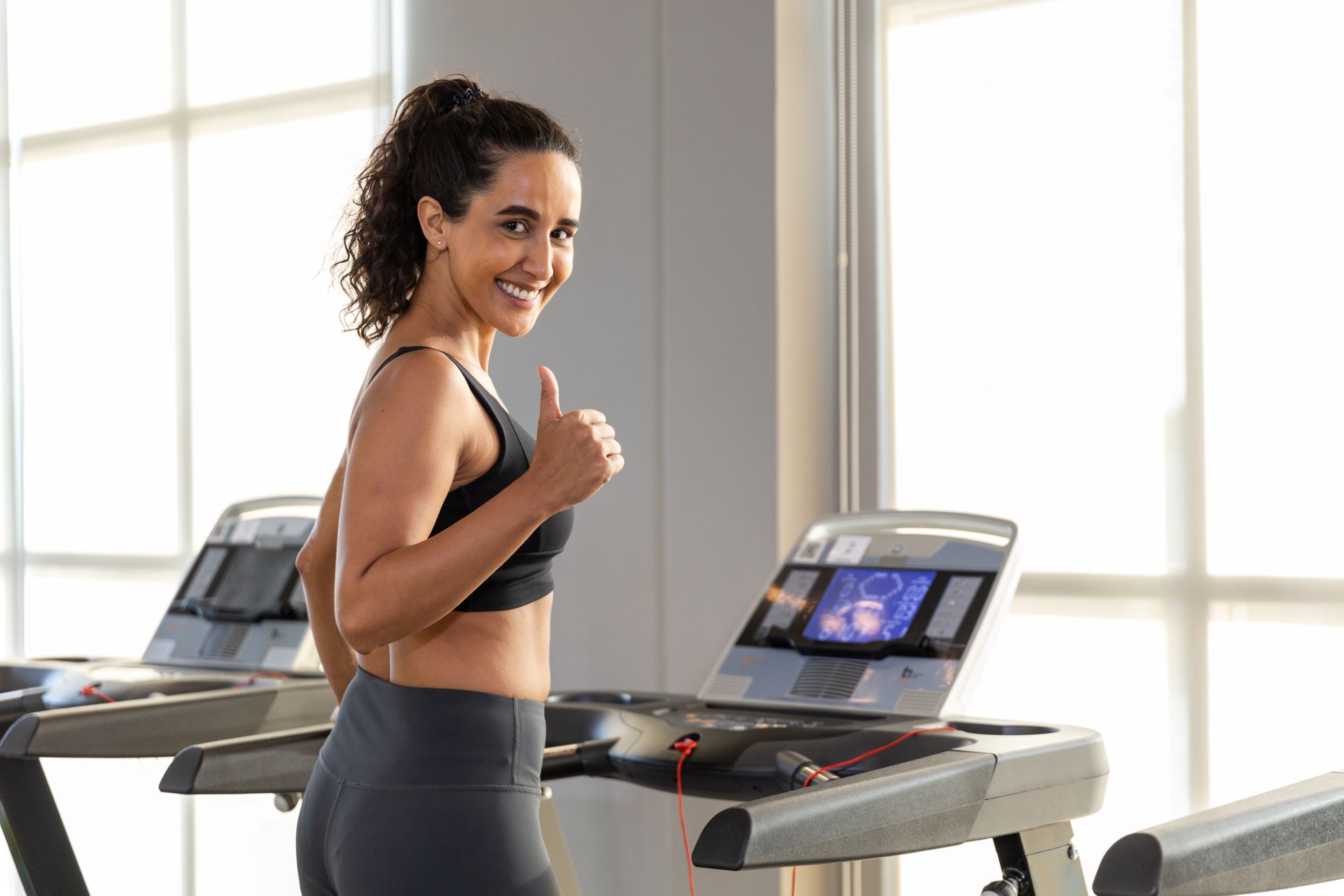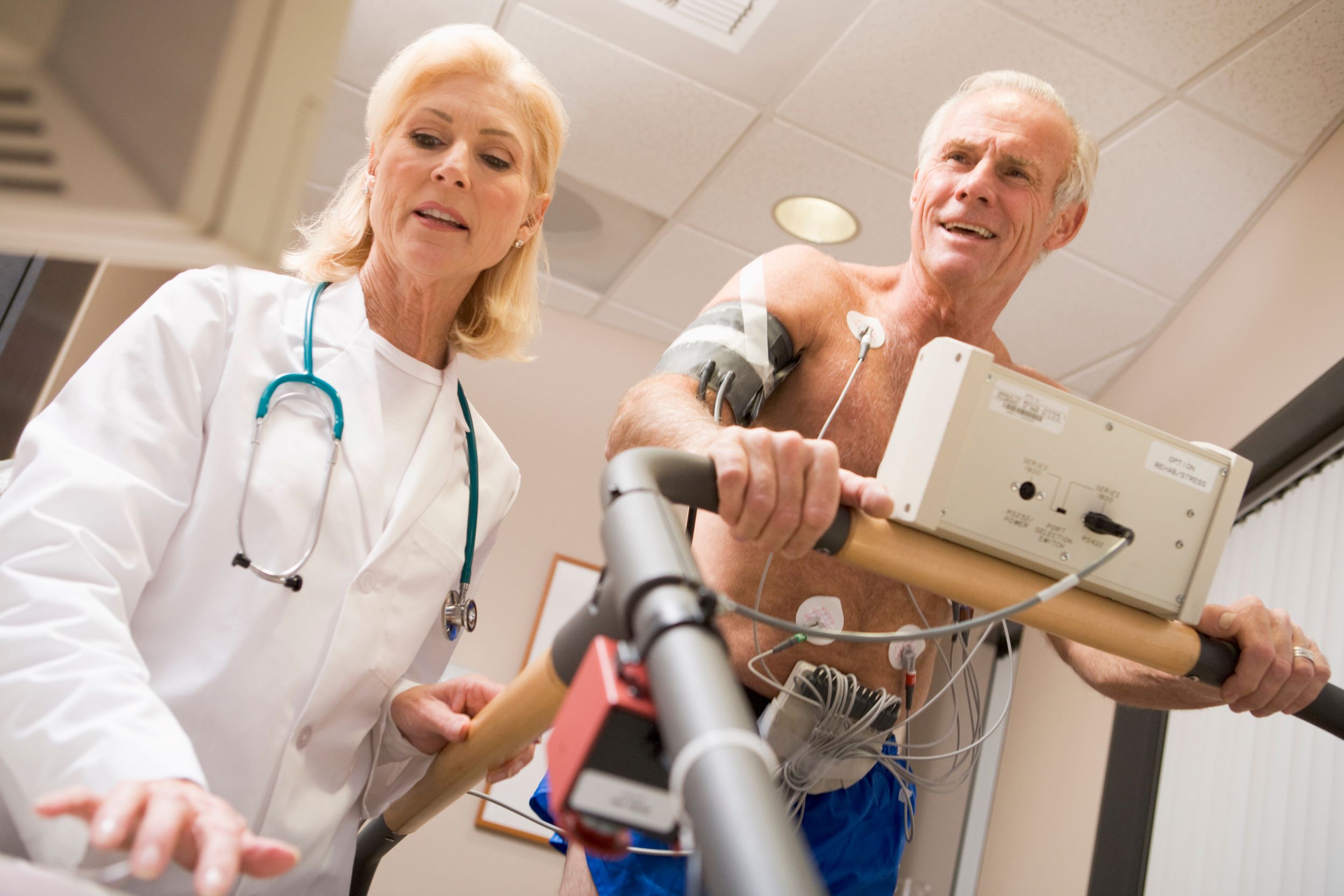When it comes to enhancing your running performance, foot placement is a critical yet often overlooked aspect. The way your foot strikes the ground not only influences your speed but also plays a vital role in preventing injuries. Proper foot placement helps to distribute your body weight evenly, reducing the strain on your joints and muscles.
Here are a few reasons why focusing on your foot placement can significantly improve your running technique:
- Injury Prevention: A misaligned foot strike can lead to common running injuries such as shin splints, plantar fasciitis, and knee pain. Ensuring your foot lands correctly can mitigate these risks.
- Enhanced Performance: The right foot placement allows for a more efficient transfer of energy, propelling you forward with each stride. A well-executed foot strike can improve your speed and endurance.
- Improved Balance and Stability: Correct foot placement helps maintain your center of gravity, providing greater balance and stability during your run. This is especially important on uneven trails.
By understanding the importance of foot placement, you can begin to make adjustments to your running technique that will lead to better results. If you’re ready to take your running to the next level, Visit our website to learn more and get started today! Click here.
Common Mistakes in Running Foot Placement Techniques
Improving your running technique requires awareness of common mistakes that many runners make regarding foot placement. Recognizing these errors can help you adjust your form and enhance your overall performance. Here are some prevalent foot placement mistakes:
- Overstriding: Many runners tend to land their foot too far in front of their body, which can result in excessive braking force and increased risk of injury. Ideally, your foot should strike just beneath your hips.
- Landing on Your Heels: Heel striking is common among runners, but it can lead to impact injuries. A midfoot or forefoot strike is generally more efficient and reduces the shock transmitted to your joints.
- Inward or Outward Rolling: Some runners exhibit excessive pronation (inward rolling) or supination (outward rolling) upon foot strike. This misalignment can lead to imbalances and injuries over time.
- Inconsistent Foot Placement: Failing to maintain a consistent foot strike pattern can disrupt your rhythm and form. It’s crucial to establish a reliable technique that works for you.
By identifying and correcting these mistakes, you can significantly improve your running efficiency and reduce the likelihood of injury. Take the time to evaluate your technique and make necessary adjustments for a more enjoyable and effective running experience.
How to Analyze Your Foot Strike and Gait

Understanding your running technique is essential to improving your performance and preventing injuries. Analyzing your foot strike and gait can provide valuable insights into your running form. Here’s how to effectively assess your foot strike:
- Video Analysis: Record yourself running from different angles—side, front, and back. Watching your foot placement in slow motion can help you identify patterns and mistakes in your stride.
- Footprint Test: After running on a wet surface or sand, examine your footprints. This can illustrate how your foot strikes the ground, helping you discern if you’re a pronator, supinator, or neutral runner.
- Wearable Technology: Use running apps or wearable devices that track your gait and foot strike pattern. Many of these gadgets provide real-time feedback on your performance metrics, allowing you to make adjustments on-the-fly.
- Consult a Professional: If possible, seek the expertise of a running coach or physical therapist. They can perform a detailed gait analysis and offer personalized advice tailored to your specific needs.
By taking the time to analyze your foot strike and gait, you’ll gain valuable insights that can lead to improved running efficiency and a reduced risk of injury. Implementing these methods will guide you in mastering your running technique.
Tips for Improving Your Foot Placement While Running
.jpg)
Improving your foot placement is crucial for enhancing your running technique and overall performance. Here are some effective tips to help you achieve a more efficient stride:
- Focus on Shorter Strides: Aim for a quicker cadence by taking shorter, quicker steps rather than long strides. This helps reduce the impact on your joints and promotes better foot placement.
- Maintain Proper Posture: Keep your body upright with a slight lean forward from the ankles. This posture encourages a natural foot strike just below the center of gravity, enhancing balance and stability.
- Mind Your Footfall: Pay attention to how your foot lands. Aim for a midfoot strike rather than landing on your heels or toes. A midfoot strike allows for better shock absorption and promotes a more efficient running style.
- Practice Drills: Incorporate drills into your training routine, such as high knees, butt kicks, or skipping. These exercises enhance muscle memory and improve your overall foot placement while running.
- Gradual Adjustments: If you’re making changes to your foot placement, do so gradually. Sudden changes can lead to injury. Instead, implement small adjustments over time to allow your body to adapt.
By incorporating these tips into your training, you’ll not only improve your foot placement but also enhance your overall running technique, leading to better performance and a more enjoyable running experience.
Benefits of Proper Foot Placement for Runners

Understanding the benefits of proper foot placement is essential for every runner aiming to enhance their performance and minimize the risk of injury. Here are some key advantages:
- Injury Prevention: Correct foot placement significantly reduces the risk of common running injuries such as shin splints, plantar fasciitis, and knee pain. By landing on the midfoot, you distribute impact forces more evenly, preventing excessive strain on specific areas.
- Improved Performance: Runners with proper foot placement often experience enhanced speed and endurance. Efficient foot strikes lead to better energy transfer, allowing you to run faster with less effort.
- Better Stability: When your foot strikes the ground correctly, you maintain better balance and stability. This is particularly important on uneven terrain or during speed workouts, where stability can make a significant difference in performance.
- Enhanced Running Economy: Efficient foot placement helps optimize your running technique, leading to improved running economy. This means you can cover more distance using less energy, allowing you to run longer and stronger.
- Increased Comfort: Runners who master their foot placement often report a more comfortable running experience. By reducing jarring impacts and providing better shock absorption, you can enjoy your runs without discomfort.
By embracing the benefits of proper foot placement, runners can make strides toward achieving their fitness goals while enjoying a more fulfilling and injury-free running journey.
Incorporating Foot Placement into Your Training Routine

Integrating proper foot placement into your training routine is crucial for maximizing your running potential. To effectively incorporate this aspect, consider the following strategies:
- Focus on Form: During your training sessions, dedicate time to practicing your running form. Pay attention to how your foot strikes the ground. Aim for a midfoot landing, which will help you execute a more efficient stride.
- Drills and Exercises: Include specific foot placement drills in your warm-up routine. Exercises such as high knees, butt kicks, and skipping can help reinforce the correct mechanics. Additionally, practicing barefoot or in minimalist shoes can enhance your awareness of foot placement.
- Video Analysis: Consider recording your runs to analyze your foot placement. Watching your stride can provide valuable insights into areas for improvement. You can also seek feedback from coaches or experienced runners.
- Gradual Progression: When making changes to your foot placement, do so gradually. Sudden changes can lead to injuries. Start with short distances and gradually increase your mileage as your body adapts.
- Mindfulness in Running: Cultivating a mindful approach to your runs can enhance your awareness of foot placement. Focus on each step, paying close attention to how your foot interacts with the ground.
By systematically incorporating these strategies into your training routine, you’ll not only improve your running technique but also enjoy a more effective and injury-resistant running experience. Visit our website to learn more and get started today! Click here.


